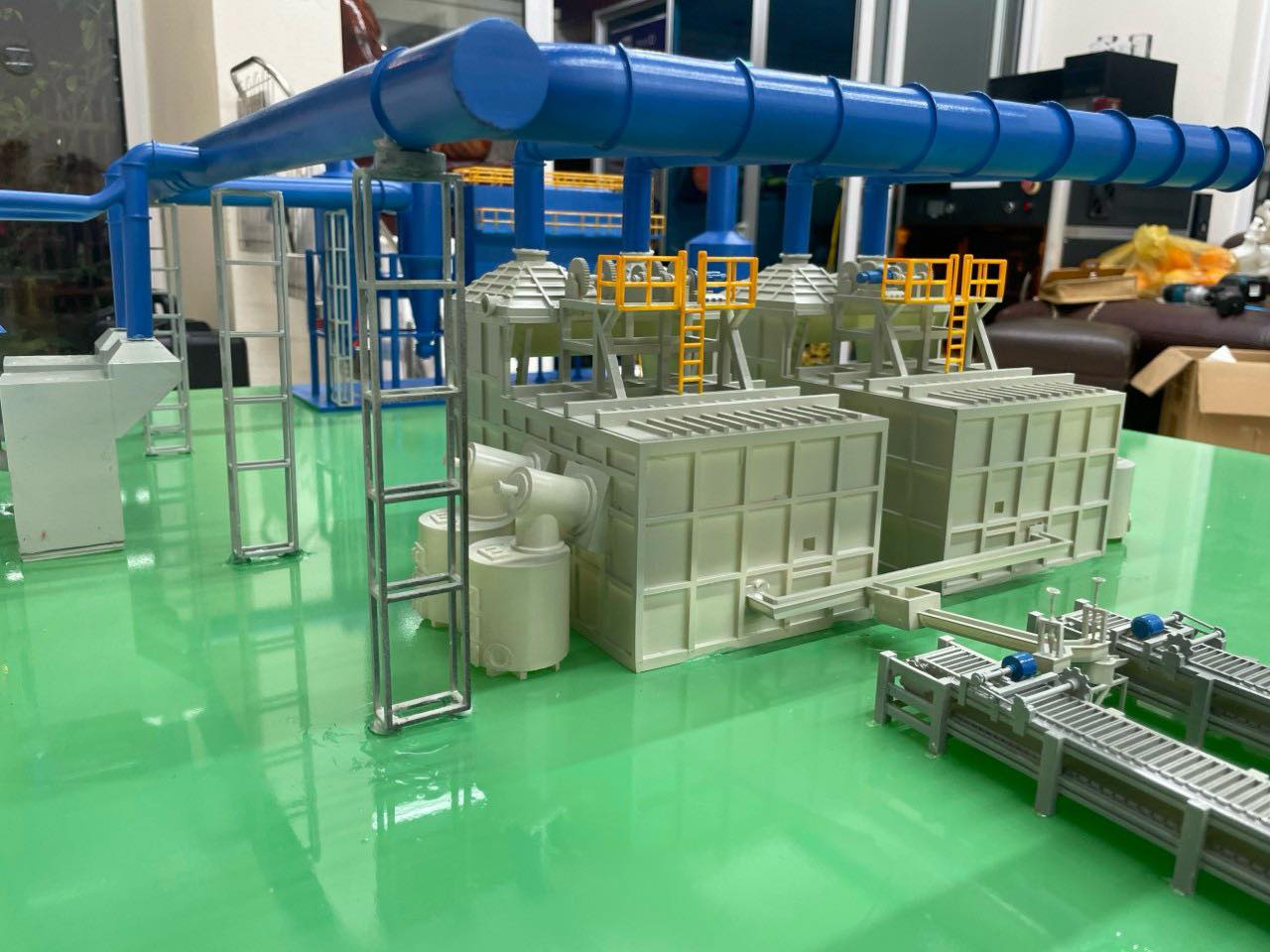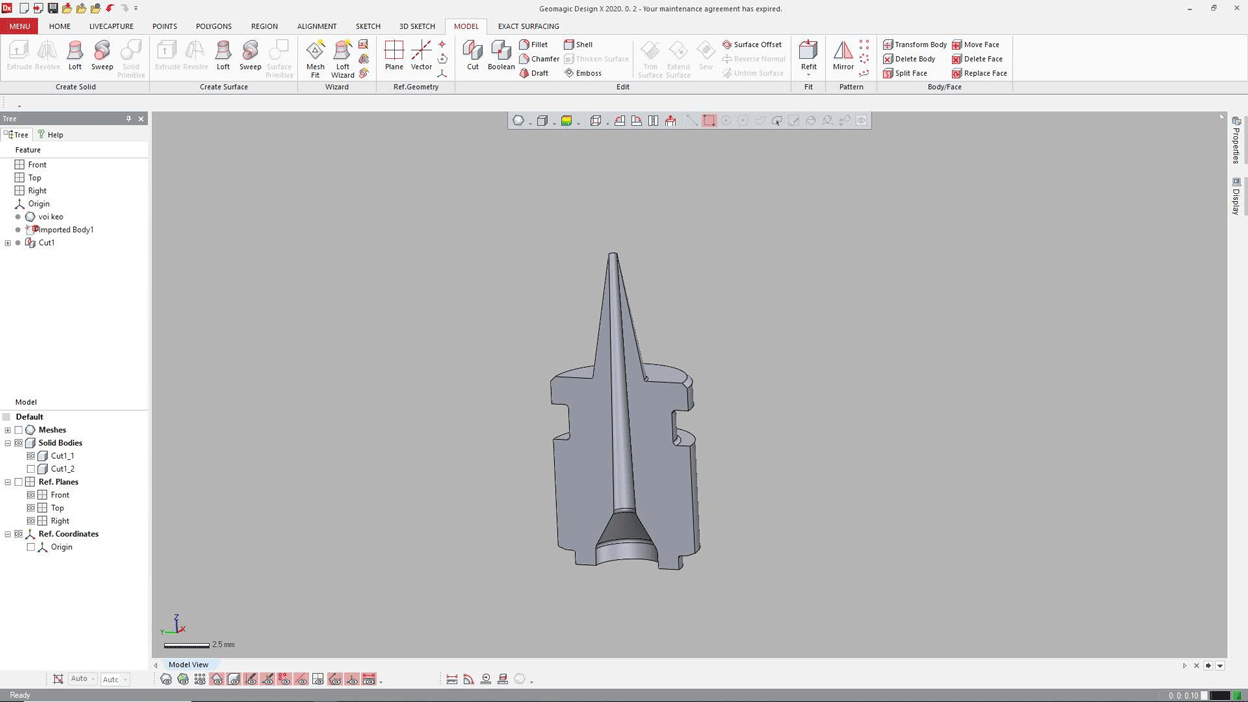Nano-sized racing car created by 3D printer

A complex racing car four times the size of a human hair has been created in minutes using a new, high-tech 3D printing technique. Developed by Jan Torgersen and colleagues from the Vienna University of Technology in Austria, the 3D printer can build nanoscale structures at speeds of 5 m/s, a new record for high-precision printing.
To create the tiny object, the device shoots out a liquid resin and then hardens it by focusing a laser beam on a specific spot. A series of glass plates move continuously throughout the process, guiding the laser through the material, so fine-tuning their movement is key to achieving faster production speeds.
However, in addition to the mechanical components, the chemical composition of the resin also plays an important role. A team of chemists, led by Robert Liska, incorporated light-sensitive particles into the material that were activated by lasers to solidify the liquid. This allowed areas to be hardened in any part of the structure, while only the top layer could be manipulated with conventional 3D printing techniques.
So far, the method has been used to create scaffolds that can be seeded with living cells to engineer biological tissue. In the future, the scientists also hope to develop techniques to create large 3D objects with high precision.
From : Science news and science jobs from New Scientist – New Scientist
OTHER NEWS












